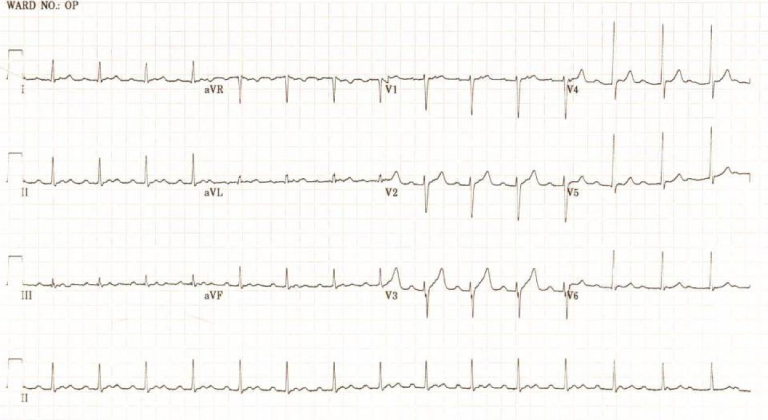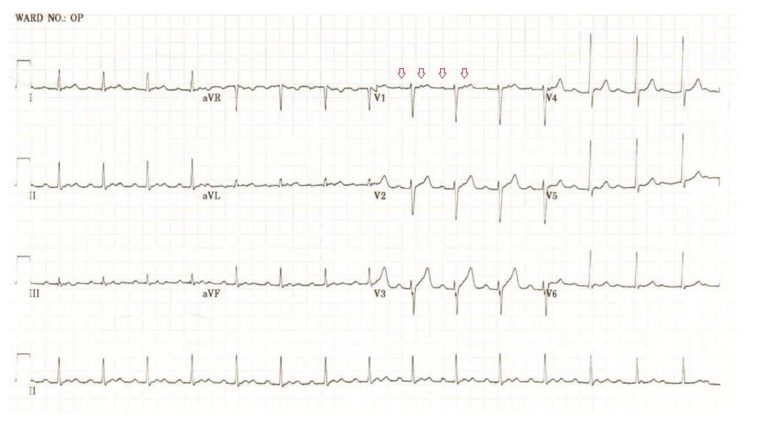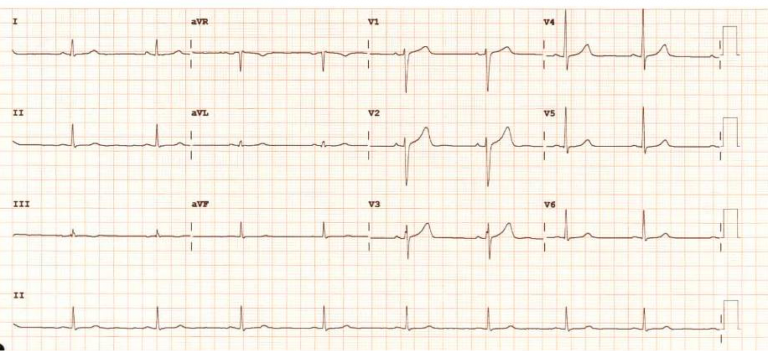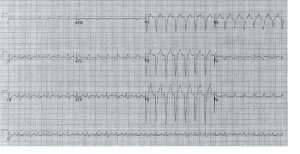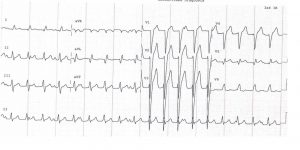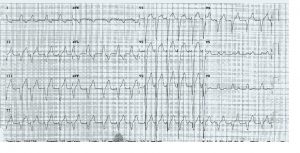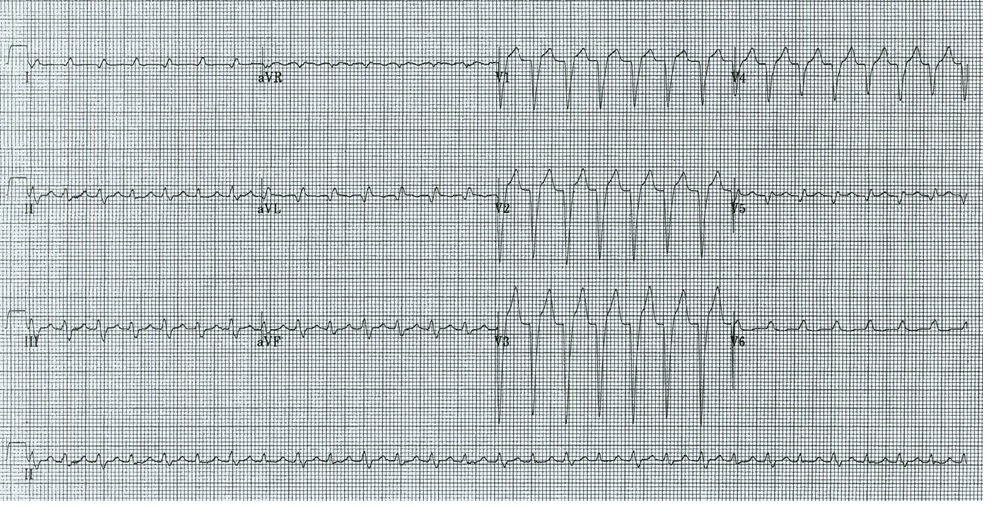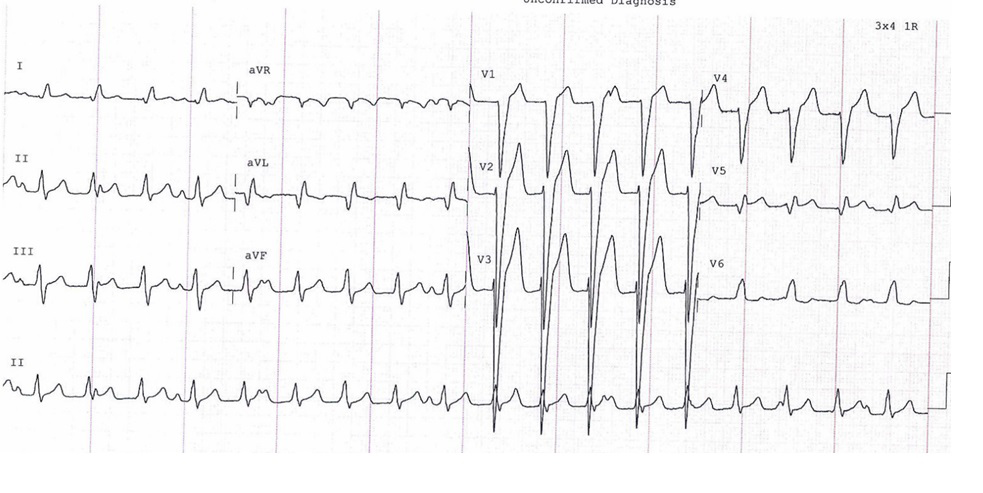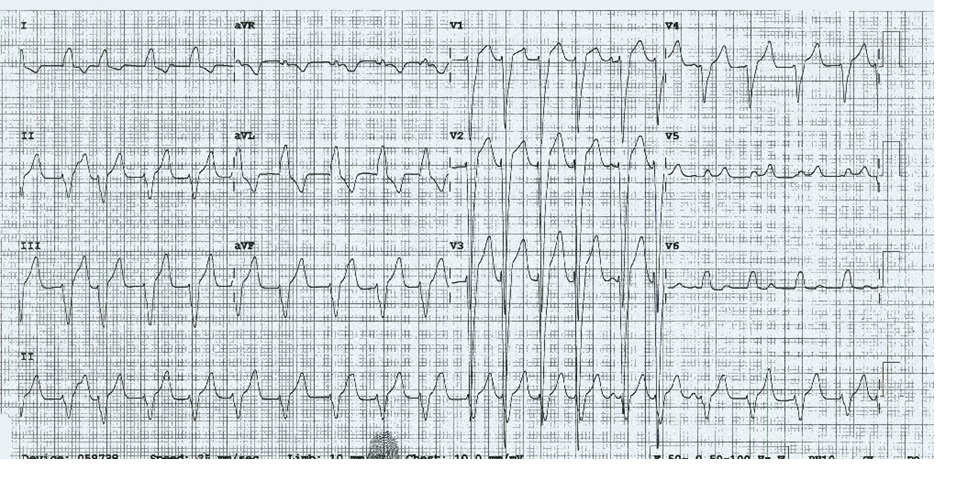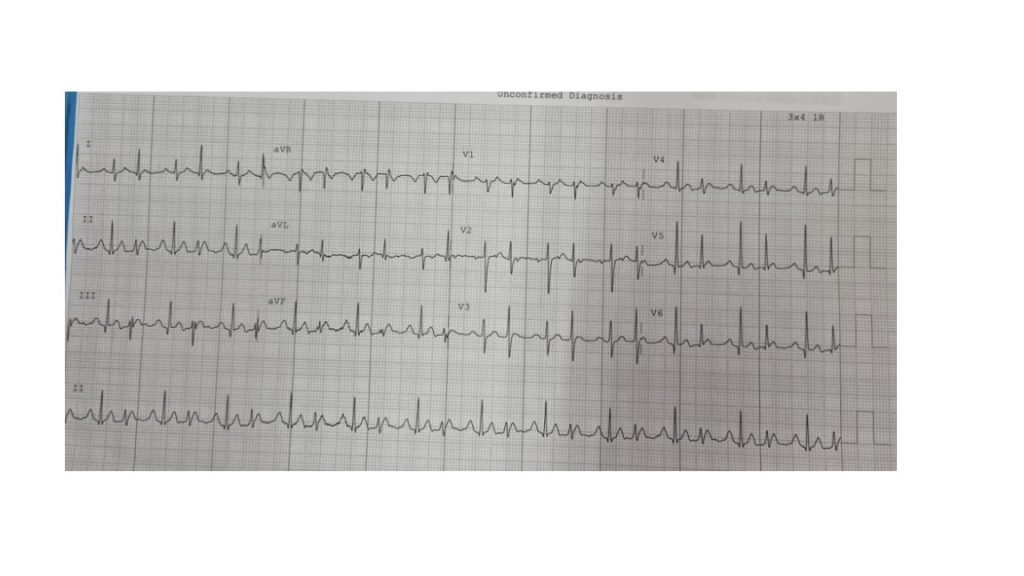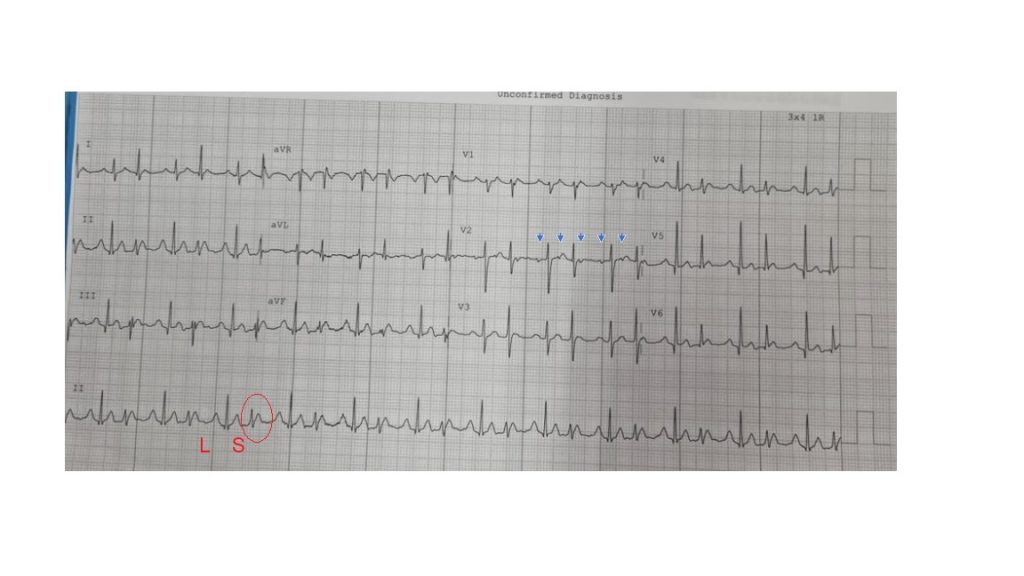Summary by Kevin Rajakariar 15 June 2022.
Authors: Kevin Rajakariar, Nick Andrianopoulos, Daniel Gayed, Danlu Liang, Brendan Backhouse, Andrew E Ajani, Stephen J Duffy, Angela Brennan, Louise Roberts, Christopher M Reid, Ernesto Oqueli, David Clark, Melanie Freeman
The use of thrombectomy during primary percutaneous coronary intervention has been a controversial topic, with large randomised controlled trials demonstrating conflicting results. While more recent randomised studies demonstrate no clear benefit in the use of routine thrombectomy during primary PCI, there are minimal real-world studies utilising thrombectomy in selected higher risk patients. These patients may have an increased thrombus burden, higher lesion complexity, no-reflow phenomenon, and evidence of cardiogenic shock. In addition, there have been significant concerns of the peri-procedural stroke risk associated with the use of thrombectomy, with further conflicting results between studies.
Our study analysed 6,270 consecutive patients between 2007 and 2018 undergoing primary PCI for STEMI, of which 26% underwent thrombectomy. While thrombus aspiration was most likely to be used in complex lesions with no coronary perfusion, there was no significant difference in post-procedural coronary flow, stroke, or mortality. Although there was a reduction in 30-day major adverse cardiovascular and cerebrovascular events, this was not associated with a reduction in long-term mortality. However, thrombectomy was most likely to be used in sicker patients and it is unclear whether this subgroup of patients would have inferior outcomes if thrombectomy was not performed.
Available online now on the Internal Medicine Journal accepted articles page: https://onlinelibrary.wiley.com/doi/epdf/10.1111/imj.15828

